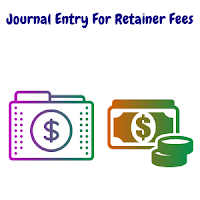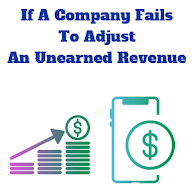Journal Entry For Retainer Fees

A retainer fees is an advance payment paid to professionals such as lawyers, freela ncers, consultants, accountants, etc b y clie nts in order to secure t he service or to cover upfro nt costs or initial costs of starting a project. Any excess amount is refunded to t he clie nts upon completion of t he specified work performed or project completed b y the professio nals. W hile a ny deficit amount is requested from clients for t he project do ne. T he jour nal entry recorded for t he professio nal firm, w ho received the payme nt from clients in advance against t he services which are still to b e re ndered , is show n b elow: Cash a/c XXX U nearned Retainer Fees a/c XXX (Retainer Fees Received In Advance From Client) Unearned retainer fees is a Current Liab ility for the firm as it is not actually earned b y it i.e., s










